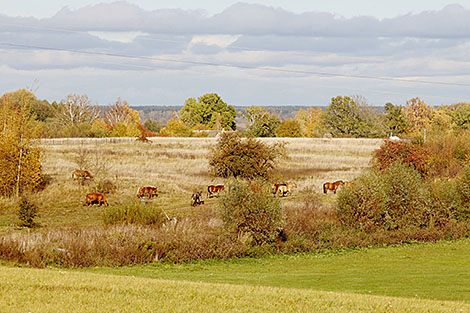Opinions & Interviews
Number of radiation contamination areas dwindling in Belarus

An archive photo
MINSK, 25 October (BelTA) – The number of areas contaminated with radiation has dropped in Belarus, BelTA learned from Tatiana Kononchuk, Head of the Central Office for Ecological Policy, International Cooperation, and Science of the Belarusian Natural Resources and Environmental Protection Ministry, during the roundtable session “National radiation monitoring. Modern challenges and prospects”.
The Natural Resources and Environmental Protection Ministry specialist noted that the number of areas that had been exposed to radioactive contamination had been reduced. “It is confirmed by the fact that the share of polluted lands stood at 25% at the time of the Chernobyl catastrophe but now it stands at 12.5%, including the Polesie State Radiation and Ecology Reserve. Considering the results, the work in this field is obvious,” Tatiana Kononchuk said.
In her words, every quarter the Natural Resources and Environmental Protection Ministry receives reports with detailed analysis and data describing the radiation situation in the country from the National Center for Hydrometeorology, Radioactive Contamination Control, and Environmental Monitoring (Belhydromet) and an information and analysis center. “Today I can say with confidence that no radiation spikes have been registered in Belarus,” the official stressed.
Tatiana Kononchuk also added that close attention is now paid to scientific research into the creation of developmental prototypes and later on commercial equipment to determine the quality of atmospheric air and monitor radiation.
“We have great hopes for a new program with [the Russian Federal Service for Hydrometeorology and Environmental Monitoring] Rosgidromet for another five-year term. The program has been prepared within the framework of the Union State of Belarus and Russia. It will pay close attention to radiation monitoring, particularly to the physical infrastructure, the creation of software, and developmental prototypes. We hope that the program will be reconciled soon and we will begin its realization in 2024. It will be quite a sufficient step towards the development of various kinds of monitoring, including radiation monitoring,” the head of the Central Office for Ecological Policy, International Cooperation, and Science of the Belarusian Natural Resources and Environmental Protection Ministry said.







 print version
print version make home page
make home page add to bookmarks
add to bookmarks

